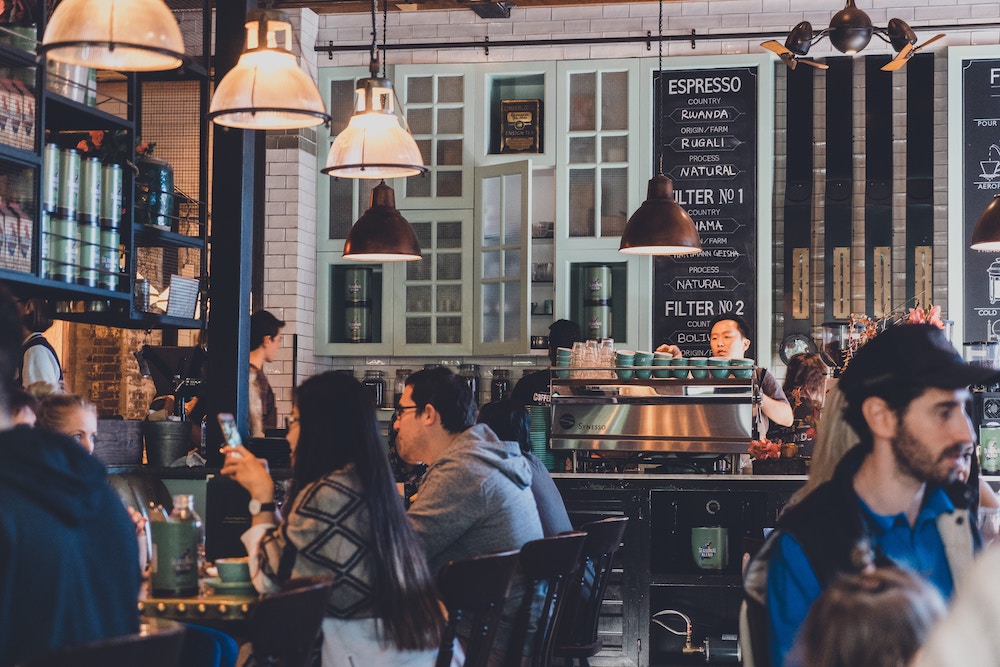Part 1 of 2
The significance of procurement teams, historically seen as logistical backdrops, have done well to gain recognition not just for their operational role but for their strategic importance. This transformation didn’t happen overnight; it’s been propelled by the explosive growth in strategic spend and an increasingly intricate web of sourcing complexities.
The previous years have been challenging, particularly with pandemic-induced shutdowns, supply chain disruptions, and unprecedented inflation. This year, however, saw a bounce-back with brands fortifying themselves by devising new omnichannel models, enhancing supply chains, and meeting consumer demands.
Snapshot: Australian Food, Beverage, and Leisure Sectors
Businesses now confront multifaceted challenges: geopolitical tensions, environmental crises, unpredictable political landscapes, and unexpected global events. Such dynamics introduce tremendous price volatility and compound the intricacies of supply chains. Regrettably, despite increased focus on strengthening procurement teams, many companies grapple with these volatilities, often seeing their bottom lines affected in the short term.
While the Australian Food, Beverage, and Leisure sectors faced challenges due to the pandemic, they have shown resilience and adaptability. The prevailing trends suggest a consumer shift towards quality, health-conscious choices, and convenient dining options, which industries are keenly addressing.
This sector faced challenges especially during lockdowns. The dine-in restrictions led to a rise in takeaway services, boosting food delivery platforms. This situation was particularly advantageous for the restaurant sector. On the other hand, Pubs, Bars, and Nightclubs capitalised on the post-pandemic scenario by enhancing their high-end alcoholic drinks and gourmet food offerings.
In the coming years, the sector will confront escalating challenges like changing consumer preferences and intense competition. Transitioning from reactive measures to proactive strategies becomes crucial for brands to thrive in this complex environment. Data-driven decision-making is becoming paramount for measuring progress and success.
Competition is intensifying, not just based on price but also on quality, health benefits, and dining experience. For instance, pubs are morphing into gastropubs, and cafes face stiff competition from fast-food joints offering coffee. Across the board, there’s a noticeable trend of consumers seeking higher quality, healthier options. While fast-food restaurants are introducing premium choices, cafes focus on premium-quality coffee. Additionally, there’s a rise in mid-tier dining options in the restaurant sector, indicating a shift in consumer preference.
Key Supply Challenges in the Food and Hospitality Sector
1. Cost Volatility and Supply Chain Complexity
Global supply chains, particularly in the food sector, present a labyrinth of intricacies as businesses endeavor to understand the strengths and weaknesses of their operations. Waste management systems adopted by the sector further magnify this complexity. Amid this, unpredictable cost fluctuations, unforeseen political hurdles, resource scarcities, and a general inconsistency amplify the challenges faced. The past two decades have seen an extraordinary variance in commodity prices, ushering in a heightened pressure on supply chain risk management. Approaches such as Total Cost of Ownership (TCO) and Real Options Valuation (ROV) have thus emerged as vital tools for navigating these variable commodity costs. Industries dependent on environmentally sensitive raw materials, like cocoa or palm oil, stand on unique ground. Their inability to easily adapt to strategies like nearshoring means they must devise novel ways to tackle the ensuing price volatility.
2. Sustainability and Waste:
The call for responsible practices rings louder than ever, especially in food preparation and consumption in tourism and hospitality industries. This clarion call emphasises the reduction of food waste and the mitigation of detrimental environmental externalities. In response, there’s an expanding horizon of strategic initiatives incorporating the principles of the circular economy. These promising ventures have the potential to metamorphose procurement and inventory practices, waste reduction systems, and recycling procedures, marking a hopeful shift toward sustainable operations.
3. Sourcing Strategies and Debates:
As market volatility looms, companies are navigating by adapting their traditionally effective sourcing strategies. Although the foundational tenets of these strategies might remain consistent, the role of procurement is witnessing a revolutionary transformation. Foundational tools, honed by industry stalwarts like Kraljic, Porter, & Kearney consulting, which have long shaped strategic sourcing, now face a moment of reckoning amid heightened market price volatilities. Parallel to this is the intensifying debate around the choice between nearshoring and global sourcing. While nearshoring presents a beacon of simplicity and potential volatility mitigation, the intricacies of global operations beckon for advancements in organisational development, especially in the dynamic field of information management.
In conclusion, Australia’s food, beverage, hospitality, and leisure sectors encounter transformative challenges and opportunities. Strategic procurement has become a central pivot point for companies to navigate this dynamic landscape effectively. Cost savings, quality improvements, risk mitigation, sustainability, and innovation are not just objectives but strategic advantages that can be gained through adept procurement practices. As we witness this shift, it’s evident that the role of procurement is not just functional but fundamentally strategic. This pivotal aspect of business is what can differentiate thriving enterprises from the rest.
With the strategic importance of procurement established, Part 1 of this exploration sets the stage for a deeper dive into how companies respond to the intricate demands of the market.
Click here to see Part 2, where we will uncover the specific responses and innovations within the food and hospitality sector shaping the future of procurement in Australia.








